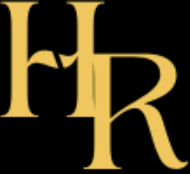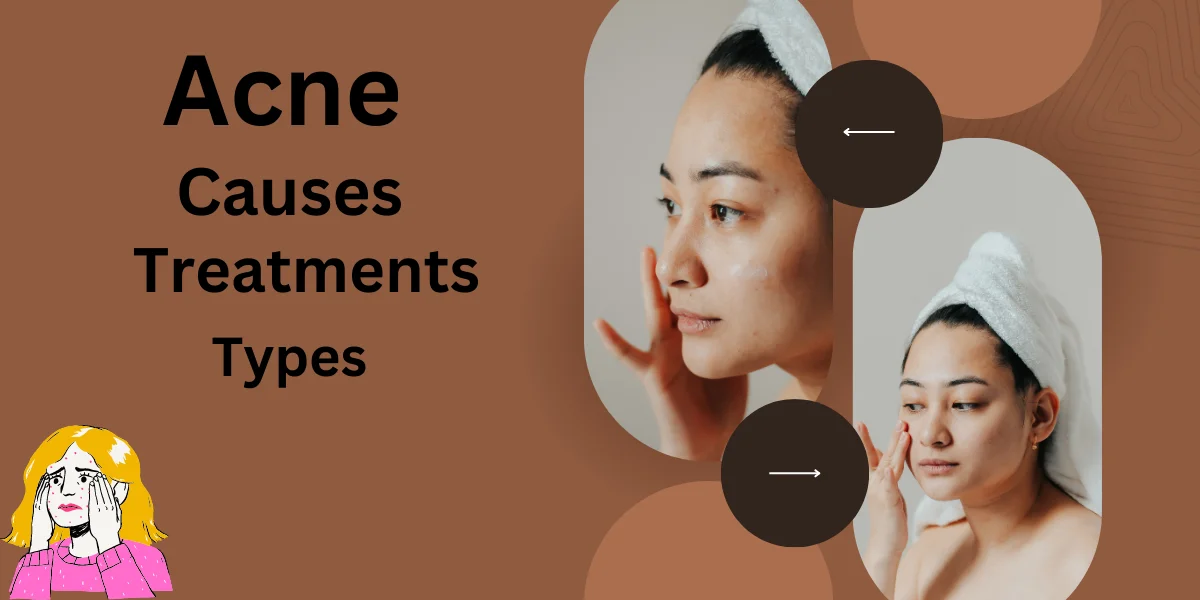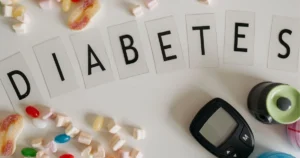10 Natural remedies for treating Acne:Say Goodbye to Acne
Acne is a common skin condition that occurs when hair follicles become clogged with oil and dead skin cells. It typically appears as pimples, blackheads, or whiteheads on the face, chest, back, and shoulders. It can be caused by a combination of factors, including genetics, hormones, stress, and poor skincare habits. While it is not a serious medical condition, acne can be distressing and impact one’s self-esteem.
Treatment options include topical or oral medications, lifestyle changes, and skincare routines tailored to an individual’s skin type. Consulting with a dermatologist can also provide effective solutions for managing and reducing It.In this blog post we will discuss more about it in detail.
What is Acne?
Acne is a skin condition that occurs when hair follicles become clogged with oil and dead skin cells. This can lead to the formation of pimples, blackheads, whiteheads, and cysts. It can occur on the face, neck, chest, back, and shoulders.
What Causes Acne?
It is caused by a combination of factors, including hormonal changes, genetics, and lifestyle factors. Hormonal changes during puberty can cause the oil glands in the skin to produce more oil, which can lead to clogged pores. Genetics also play a role in acne, with some people being more prone to developing the condition than others. Lifestyle factors such as diet, stress, and hygiene can also contribute to it.
Read more..20 Home Remedies for clear skin overnight Best Natural Skin Care Routine Best AM & PM Skincare Routine 10 Best Benefits of Facial-Are Facial Good For Your Skin The Ultimate Guide to Getting Rid of Pimples: 20 Expert Tips and Remedies
Treatment Options for Acne
There are several treatment options available for it, including over-the-counter medications, prescription medications, and lifestyle changes.
1.Over-the-counter medications include topical creams and gels . These medications work by unclogging pores and reducing inflammation. They are often the first line of treatment for mild to moderate acne.
2.Prescription medications may be necessary for more severe cases of Blemishes. These include antibiotics, retinoids, and oral contraceptives. Antibiotics work by killing bacteria that contribute to pimple, while retinoids work by unclogging pores and reducing inflammation. Oral contraceptives may be prescribed for women with hormonal acne.
3.Lifestyle changes can also be effective in treating acne. These include eating a healthy diet, managing stress, and practicing good hygiene. Washing the face twice a day with a gentle cleanser can help to remove excess oil and dirt that can contribute to it.
Types of acne
It is a common skin condition that can present in several different forms. The severity of zits can range from mild to severe, and the type of acne a person has can determine the best course of treatment. In this blog, we will explore the different types of Blemishes.
Whiteheads: Whiteheads are a type of Blemishes that occurs when pores become clogged with oil and dead skin cells, leading to the formation of a small, white bump on the skin.
Blackheads: Blackheads are similar to whiteheads, but instead of being white, they appear as dark, black spots on the skin. They are caused by the same clogged pores as whiteheads but are exposed to air, which causes them to oxidize and turn black.
Papules: Papules are small, red bumps on the skin that can be tender to the touch. They occur when pores become inflamed and may contain pus.
Pustules: Pustules are similar to papules but contain a white or yellowish pus-filled center.
Nodules: Nodules are large, painful, solid lumps under the skin. They are caused by a buildup of oil and bacteria deep within the pores.
Cysts: Cysts are similar to nodules but are larger and can be even more painful. They are caused by a buildup of oil and bacteria deep within the pores and can lead to scarring if not treated properly.
Acne Rosacea: Acne Rosacea is a type of Blemishes that affects the face, causing redness, swelling, and acne-like pimples. It is often accompanied by flushing or blushing.
Acne Fulminans: Acne Fulminans is a severe form of acne that typically affects adolescent males. It is characterized by sudden and severe outbreaks of nodules and pustules, along with fever, joint pain, and muscle aches.
Blemishes can present in several different forms, each with its own unique characteristics and treatment options. It is important to consult with a healthcare professional to determine the best course of treatment for your individual needs, as the severity and type of Blemishes can vary greatly from person to person.
10 Natural Remedies for treating Acne
- Keep your face clean: Wash your face twice a day with a gentle cleanser to remove dirt, excess oil, and impurities.
- Use tea tree oil: Apply diluted tea tree oil directly to Blemishes-prone areas. It has antibacterial properties that can help reduce inflammation and fight Blemishes-causing bacteria.
- Apply honey and cinnamon mask: Mix honey and cinnamon to create a paste and apply it to your face. Leave it on for 10-15 minutes before rinsing off. Honey has antimicrobial properties, while cinnamon helps improve blood circulation.
- Exfoliate with baking soda: Create a paste by mixing baking soda with water and gently exfoliate your skin in circular motions. This can help remove dead skin cells and unclog pores.
- Apply aloe vera gel: Extract fresh aloe vera gel from the leaf and apply it to your face. Aloe vera has anti-inflammatory and soothing properties that can help reduce redness and irritation caused by it.
- Use green tea as a toner: Brew green tea and allow it to cool. Apply it to your face using a cotton ball as a natural toner. Green tea contains antioxidants that can help reduce inflammation and fight blemishes-causing bacteria.
- Apply apple cider vinegar: Dilute apple cider vinegar with water and apply it to your face using a cotton ball. Apple cider vinegar has antimicrobial properties and can help balance the pH level of your skin.
- Avoid touching your face: Touching your face can transfer dirt, bacteria, and oil, exacerbating acne. Keep your hands away from your face as much as possible.
- Get enough sleep: A good night’s sleep helps reduce stress levels, which can contribute to acne breakouts. Aim for 7-9 hours of quality sleep each night.
- Stay hydrated: Drink an adequate amount of water throughout the day to keep your skin hydrated and help flush out toxins.
Conclusion :
In conclusion, Blemishes is a common skin condition that can be distressing for those who suffer from it. Understanding the causes of acne and the treatment options available can help to manage the condition effectively. If you are struggling with acne, it is important to consult with a healthcare professional to determine the best course of treatment for your individual needs. You can also use some of home remedies for treatment of acne
Disclaimer: The advice and suggestions mentioned in the article are for general information purpose only and it should not be taken as professional medical advice. Always consult your doctor if you have any questions or concerns.
FAQs-
What is crystic acne?
Cystic acne is a severe form of acne that develops deep within the skin and forms large, painful, and often persistent bumps or nodules.
How I get rid of my crystic acne?
Consult a dermatologist for a personalized treatment plan as effective options for treating this may include prescription medication, topical treatments, or in-office procedures.
What is fungal acne ?
Fungal acne, also known as pityrosporum folliculitis, is a type of Blemishes caused by an overgrowth of yeast on the skin that results in small, itchy, and inflamed bumps.
How do I get rid of fungal acne?
To get rid of it use antifungal products such as shampoos, creams, or cleansers containing ingredients like ketoconazole, pyrithione zinc, or tea tree oil, and make dietary changes such as reducing sugar and dairy intake as they can feed the yeast. Consultation with a dermatologist may be necessary for severe or persistent cases.
What is acne vulgaris?
Acne vulgaris is a common skin condition that occurs when hair follicles become clogged with oil and dead skin cells, resulting in the formation of blackheads, whiteheads, pimples, and cysts.
What is the main cause of acne vulgaris?
The main cause of vulgaris is the overproduction of oil, the accumulation of dead skin cells, bacteria growth, and inflammation, often triggered by hormonal changes, genetics, or environmental factors.
Can acne vulgaris be cured ?
While vulgaris cannot be completely cured, it can be effectively treated and managed with a combination of skincare, medication, lifestyle changes, and professional treatments
How long does baby Blemishes last?
Baby Blemishes typically appears in the first few weeks of life and resolves on its own within a few months, usually by the time the baby is six months old.
What is the cause of acne on forehead?
Acne on the forehead can be caused by a variety of factors, including excess oil production, bacteria, clogged pores, hormonal imbalances, certain hair and skincare products, and lifestyle factors such as stress and diet.
How do I get rid of forehead acne?
To get rid of it , maintain a consistent skincare routine that includes gentle cleansing means clean your face twice a day, exfoliation, reducing stress, avoiding pore-clogging products, and maintaining a healthy diet.




